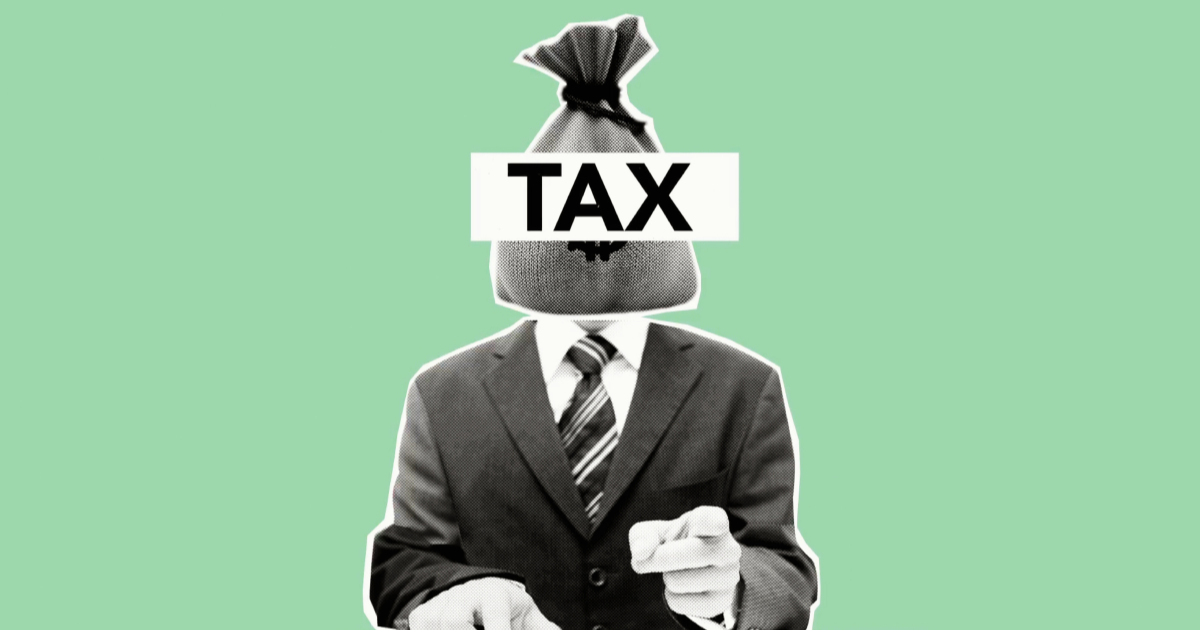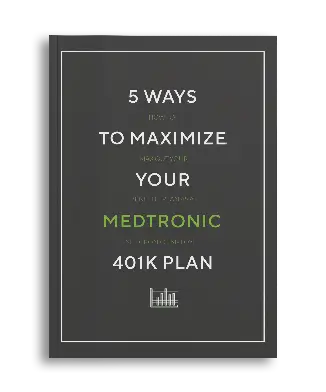Secure Act 2.0: Catch-up Contribution Rules

- Do you have access to a retirement plan through work such as a 401k or 403b?
- Are you over age 50?
- If so, keep reading to find out what you need to know!
What is the Secure Act 2.0?
The Secure Act 2.0, originally introduced in December of 2022, brings about some potential changes to your retirement plan. Within Secure Act 2.0 there are a variety of changes coming to retirement plans and those who participate in them. The problem is not all these changes can happen immediately and several of the changes had initial starting dates that differed from each other.
One change in particular deals specifically with catch-up contributions to retirement plans offered through an employer. Examples of these are 401(k) or 403(b) plans. A catch-up contribution is an extra contribution that those over age 50 have the ability to make. In the past, employees could choose whether they wanted this contribution to be pre-tax or Roth (post-tax). For 2024 the catch-up contribution amount is $7,500.
Who does it affect?
The Secure Act 2.0 generated a rule that individuals with salaries over $145,000 are mandated to utilize Roth deferrals. This rule applies to any catch-up contributions made within an employer’s retirement plan. Originally scheduled for 2024, however that has recently changed.
According to recent news, this mandate will not go into effect until 2026. This came about to most likely to give employer’s time to update their 401(k) or 403(b) plan documents. Further, it allocated the proper time employer’s might need to develop a process for automating their payroll systems. Employees who qualify will be identified and any catch-up contributions made will be Roth deferrals.
Why does it matter?
It is possible that your employer was ahead of the ball and updated their retirement plan documents to account for this change in 2024 like originally planned. This could pave the way for early implementation by employers and thus an incorrect mandate to the Roth deferral option. This mandate should not go into effect until 2026, regardless of if your employer is getting ahead of the curve.
It could be wise to log into your employer’s online system to check. Those 50 and older who notice catch-up contributions are limited to Roth deferral with no option of using pre-tax should inquire. Contact your HR department or your employer’s retirement provider (Fidelity, Charles Schwab, Empower, etc.). The change is inaccurate since the Secure Act 2.0 mandate has been pushed out to 2026. They are more than likely aware but it may take time for them to update their systems.
Resources:
If you have any questions, please reach out to our team – Contact Us
To learn more about retirement contribution limits for 2024 – Key Retirement Plan Contribution Limits for 2024
Another federal change: Beneficial Ownership Information
Overview of the Secure Act 2.0 – Info & FAQs






